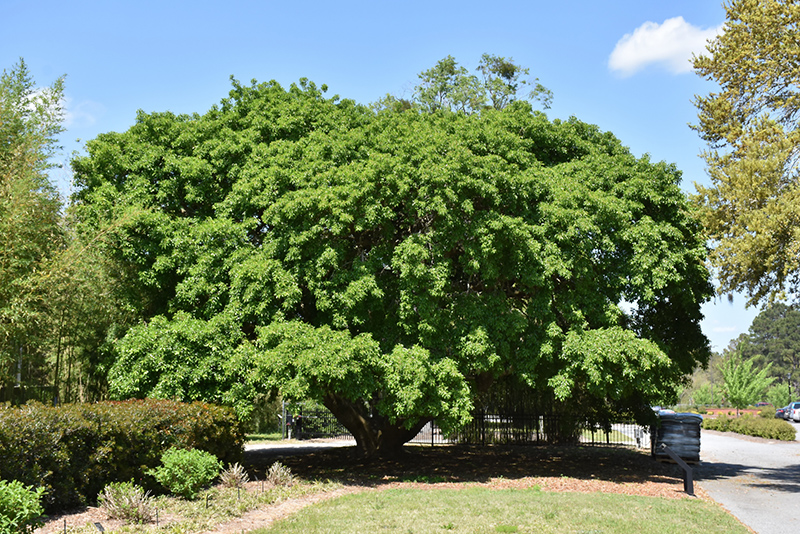Plant Finder
Height: 60 feet
Spread: 60 feet
Sunlight:
![]()
![]()
Hardiness Zone: 7b
Other Names: Round Leaf Holly
Description:
This large holly produces spineless leathery green leaves and clusters of bright red berries in late fall; may be planted as a street tree; takes pruning very well to maintain shape
Ornamental Features
Kurogane Holly is primarily grown for its highly ornamental fruit. It features an abundance of magnificent red berries from mid fall to early winter. It has rich green evergreen foliage. The oval leaves remain green throughout the winter. The smooth dark gray bark adds an interesting dimension to the landscape.
Landscape Attributes
Kurogane Holly is a multi-stemmed evergreen tree with an upright spreading habit of growth. Its average texture blends into the landscape, but can be balanced by one or two finer or coarser trees or shrubs for an effective composition.
This is a relatively low maintenance tree, and can be pruned at anytime. It is a good choice for attracting birds, bees and butterflies to your yard, but is not particularly attractive to deer who tend to leave it alone in favor of tastier treats. It has no significant negative characteristics.
Kurogane Holly is recommended for the following landscape applications;
- Accent
- Shade
- Hedges/Screening
- Naturalizing And Woodland Gardens
Planting & Growing
Kurogane Holly will grow to be about 60 feet tall at maturity, with a spread of 60 feet. It has a low canopy with a typical clearance of 4 feet from the ground, and should not be planted underneath power lines. It grows at a medium rate, and under ideal conditions can be expected to live to a ripe old age of 100 years or more; think of this as a heritage tree for future generations! This is a dioecious species, meaning that individual plants are either male or female. Only the females will produce fruit, and a male variety of the same species is required nearby as a pollinator.
This tree does best in full sun to partial shade. It prefers to grow in average to moist conditions, and shouldn't be allowed to dry out. It is particular about its soil conditions, with a strong preference for rich, acidic soils. It is somewhat tolerant of urban pollution. Consider applying a thick mulch around the root zone in winter to protect it in exposed locations or colder microclimates. This species is not originally from North America, and parts of it are known to be toxic to humans and animals, so care should be exercised in planting it around children and pets.




